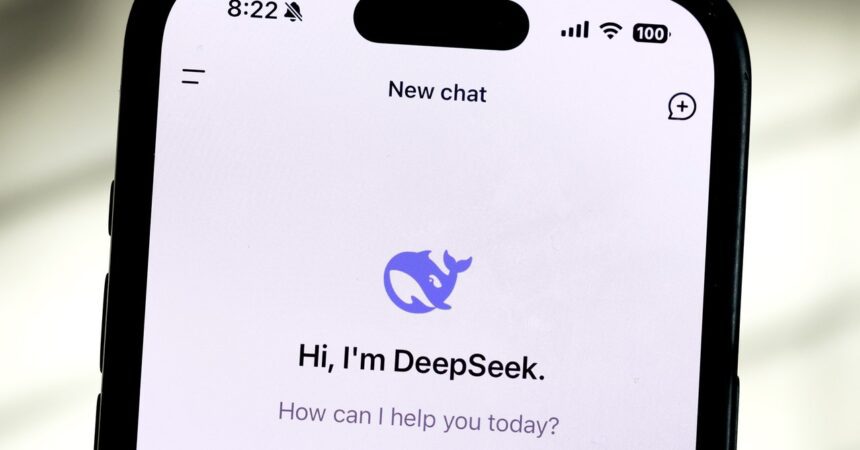Just under two weeks since the launch of DeepSeek’s open-source AI model, the Chinese startup continues to lead the conversation regarding the future of artificial intelligence. The company appears to excel over its U.S. competitors in math and reasoning; however, it is also known for significantly censoring its replies. When users ask DeepSeek R1 about topics like Taiwan or Tiananmen, they are likely to receive no response.
To delve into the technical aspects of this censorship, WIRED conducted tests of DeepSeek-R1 across its app, a third-party platform called Together AI, and a version used on a WIRED computer with the application Ollama.
The investigation revealed that while basic censorship could be bypassed by avoiding DeepSeek’s app, there are other biases ingrained in the model during its training. Although these biases can be eliminated, the process is far more complex.
These insights bear significant consequences for DeepSeek and the broader landscape of Chinese AI firms. If the censorship mechanisms on large language models are easily removable, open-source LLMs from China could gain substantial traction, allowing researchers to tailor the models as they see fit. Conversely, if the filters prove challenging to circumvent, the models may become less functional and fall behind in global competitiveness. DeepSeek did not respond to WIRED’s request for comment.
Application-Level Censorship
Following its surge in popularity in the U.S., users accessing R1 through DeepSeek’s website, app, or API quickly realized that the model refrained from producing responses on topics that are sensitive according to the Chinese government. These refusals occur at the application level, only manifesting when users engage with R1 through a DeepSeek-controlled platform.
Photograph: Zeyi Yang
Photograph: Zeyi Yang
Censorship like this is commonplace in Chinese-developed LLMs. A 2023 regulation concerning generative AI mandates that AI models operating in China adhere to strict information controls similar to those imposed on social media and search engines. The regulations prohibit AI models from generating content that “damages national unity and social harmony.” Essentially, Chinese AI models must function within a framework of censorship.
“DeepSeek functions in accordance with Chinese regulations, thereby ensuring compliance while catering to the cultural context and requirements of local users,” explains Adina Yakefu, a researcher specializing in Chinese AI models at Hugging Face, a platform that provides open-source AI models. “This compliance is crucial in a heavily regulated market.” (In 2023, China blocked access to Hugging Face.)
To adhere to these laws, Chinese AI models frequently employ real-time monitoring and censorship of their outputs. (Although similar guardrails exist in Western models like ChatGPT and Gemini, they typically focus on different content types such as self-harm and pornography and offer more customization options.)
Since R1 is designed as a reasoning model that reveals its thought process, this real-time censorship can lead to the surreal scenario of witnessing the model restrict its own responses while conversing with users. For instance, when WIRED asked R1 about the treatment of Chinese journalists covering sensitive issues, the model began drafting an extensive answer mentioning the repression and detention of journalists but abruptly erased the entirety of its answer, substituting it with a brief note: “Sorry, I’m not sure how to approach this type of question yet. Let’s talk about math, coding, and logic problems instead!”
For numerous users in Western countries, enthusiasm for DeepSeek-R1 may have diminished by now due to the model’s apparent constraints. Yet, the open-source nature of R1 offers avenues to bypass the censorship mechanisms.
First, users can download the model and run it locally, allowing data and response generation to occur on their own machines. While running the most powerful version of R1 typically requires access to advanced GPUs, DeepSeek provides smaller, distilled versions that can work on standard laptops.










